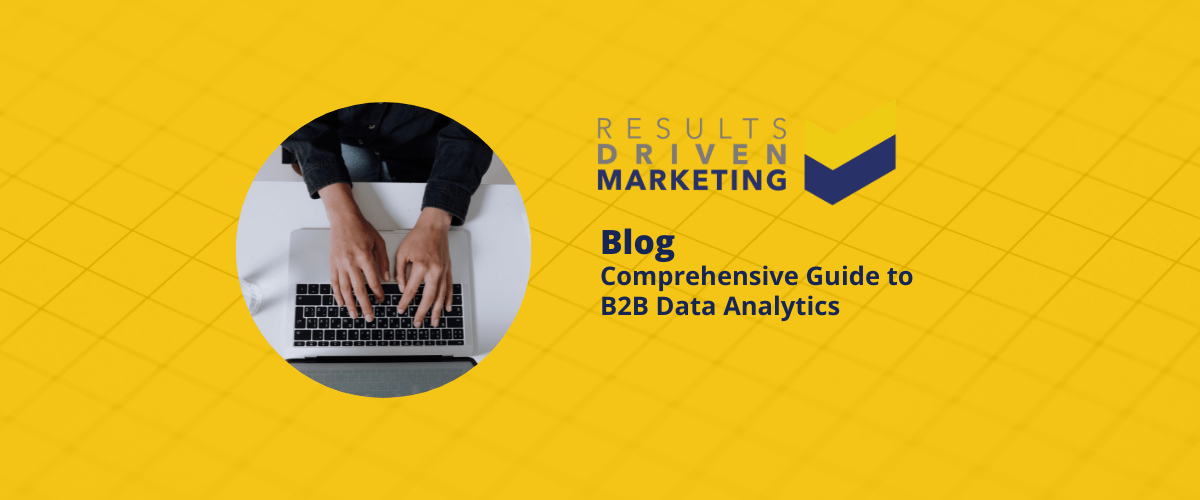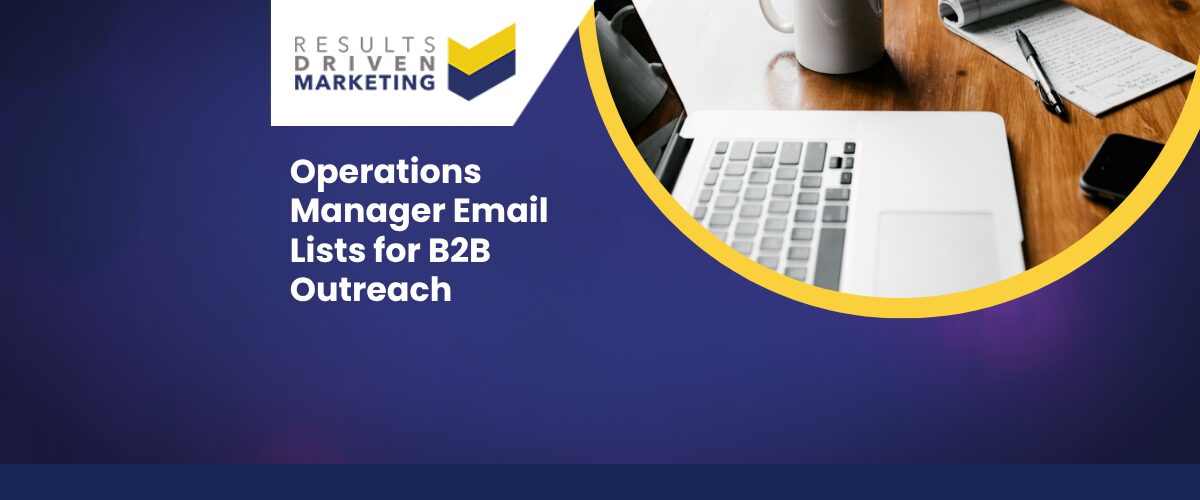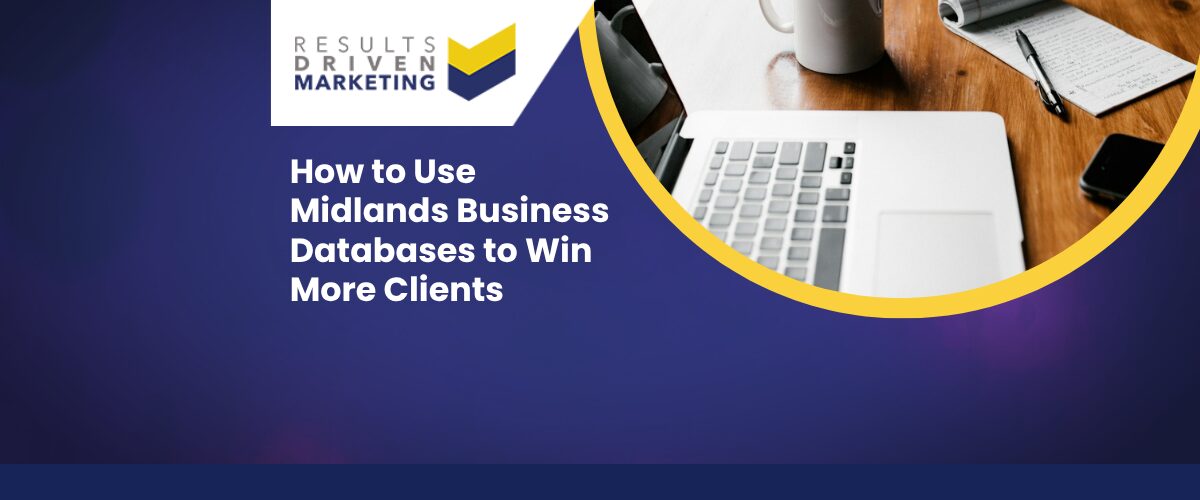
Comprehensive Guide to B2B Data Analytics
In today’s fast-paced business landscape, the term “data” has become synonymous with opportunity, growth, and competitive advantage. But when it comes to B2B – or business-to-business – the stakes are even higher.
The intricate dance of business relationships, long sales cycles, and high-value transactions make data not just valuable, but indispensable. Enter the world of B2B data and analytics, where every byte of data holds the potential to unlock unprecedented business value.
Table of contents:
What is B2B data?
In the ever-evolving world of business, B2B data stands as the backbone of informed decision-making. At its core, B2B data encompasses the information that businesses collect about other businesses.
This could range from contact details of decision-makers to intricate details about a company’s operations, size, and industry sector. It’s the fuel that powers many a marketing campaign, ensuring that businesses reach out to the right audience at the right time.
What is B2B analytics?
B2B analytics, on the other hand, is the art and science of examining this data to glean actionable insights. It’s not just about having heaps of data; it’s about making sense of it. Through B2B analytics, businesses can identify patterns, predict future trends, and make strategic decisions that drive growth. It’s the lens through which raw data transforms into a strategic roadmap.
Importance of B2B Data
Imagine sailing in uncharted waters without a compass. That’s what doing business without B2B data feels like. With accurate and up-to-date B2B data:
- Businesses can tailor their marketing efforts, ensuring they resonate with the target audience.
- Sales teams can identify potential leads that are more likely to convert.
- Companies can stay ahead of the competition by identifying market gaps and opportunities.
Importance of B2B analytics
While B2B data provides the raw materials, B2B analytics is the architect that builds the structure. It’s crucial because:
- It helps businesses understand their position in the market.
- Companies can identify what’s working and what’s not in their strategies.
- It aids in forecasting, helping businesses prepare for the future.
B2B Data Sources
In the realm of b2b data analytics, the sources of data are vast and varied. Some of the primary ones include:
- CRM systems: A treasure trove of customer interactions and history.
- Surveys and feedback forms: Direct insights from clients and partners.
- Social media: A pulse on industry trends and customer preferences.
- Industry reports: Comprehensive overviews of market dynamics.
Data providers
Navigating the world of data can be daunting. That’s where data providers come into play. These entities specialize in gathering, cleaning, and segmenting data, ensuring businesses get the most accurate and relevant information. Some top names in the industry include Marketscan, Data.com, and ZoomInfo, to name a few.
B2B Data Use Cases
Lead generation
Harnessing the power of B2B data, businesses can identify potential clients who are a good fit for their offerings. It’s not just about casting a wide net; it’s about fishing in the right pond.
Outbound sales
Armed with the right data, sales teams can craft personalized pitches, increasing the chances of a sale. It’s about speaking the client’s language, addressing their pain points, and offering a solution.
Analytics
Data, when analysed, tells a story. Through analytics, businesses can understand this narrative, identifying areas of improvement, and capitalising on strengths.
Benefits of B2B Data
Sales teams
- Targeted Outreach: No more shooting in the dark. With accurate data, sales teams can reach out to potential clients with precision.
- Higher Conversion Rates: Personalised pitches, backed by data, resonate better, leading to higher conversions.
- Efficiency: Time is money. With the right data at their fingertips, sales teams can focus on selling rather than researching.
Marketing teams
- Tailored Campaigns: Data allows marketing teams to craft campaigns that resonate with the target audience.
- ROI Measurement: With analytics, marketing teams can measure the effectiveness of their campaigns, tweaking strategies for better results.
- Trend Spotting: Stay ahead of the curve by identifying and capitalising on emerging market trends.
Revenue operations teams
- Forecasting: Predict future revenue streams and prepare accordingly.
- Operational Efficiency: Identify bottlenecks and streamline operations for maximum efficiency.
- Strategic Decision Making: Base decisions on data rather than gut feelings, ensuring better outcomes.
B2B Data Types
Firmographics
Diving deep into the world of b2b data analytics, firmographics emerge as a cornerstone. Think of them as the demographics for companies. They encompass details like company size, industry sector, location, and revenue. It’s the kind of data that gives you a bird’s eye view of where a company stands in the grand scheme of things. And, when used right, firmographics can be a game-changer in tailoring marketing and sales strategies.
Technographics
Now, here’s where things get a tad more techy. Technographics delve into the technological infrastructure of a company. We’re talking software, hardware, tools, and platforms that a business uses. In the age of digital transformation, understanding a company’s tech stack can offer invaluable insights. It’s like peeking behind the curtain, understanding their capabilities, and tailoring your pitch to fill the gaps.
People data/Contact data
At the heart of any business are its people. And that’s precisely what this data type focuses on. From decision-makers to middle management, people data provides insights into who’s who in a company. It’s the kind of data that can make outreach efforts feel more personal and less like a cold call. After all, it’s all about building relationships, right?
Intent data
Now, this is where b2b data analytics truly shines. Intent data is all about understanding a company’s buying signals. It’s like having a crystal ball that gives you a glimpse into a company’s future plans. Are they looking for a solution you offer? Are they in the market for a change? Intent data holds the answers.
Outsourcing B2B Data vs. Collecting B2B Data Yourself
In the grand debate of outsourcing versus DIY, there’s no one-size-fits-all answer. On one hand, outsourcing to seasoned experts can save time and ensure accuracy. They’ve got the tools, the expertise, and the resources to gather data that’s tailored to your needs.
On the flip side, collecting data in-house offers more control. It’s a hands-on approach where you know the ins and outs of every data point. The choice? Well, it boils down to your company’s needs, resources, and strategic goals.
B2B data sourcing
The first step in building a robust B2B database? Sourcing the data. It’s all about gathering data from various sources, be it online platforms, surveys, or industry reports. It’s a meticulous process, ensuring that every data point is relevant and accurate.
B2B data cleaning
Now, not all data is created equal. That’s where data cleaning comes into play. It’s about sifting through the data, removing duplicates, correcting errors, and ensuring consistency. It’s like giving your data a good old polish, making sure it shines.
B2B data validation
Once the data is clean, it’s time for validation. This step ensures that the data is not just accurate but also relevant. It’s about cross-referencing, checking, and double-checking. After all, in the world of b2b data analytics, accuracy is king.
B2B data storing
Last but not least, storing the data. With the sheer volume of B2B data out there, efficient storage is crucial. It’s not just about having a place to keep the data; it’s about ensuring easy access, security, and scalability.
Top Three B2B Data Trends in 2023
- AI-Powered Analytics: As technology evolves, AI is playing a pivotal role in b2b data analytics. It’s about automating processes, gleaning deeper insights, and predicting future trends with unparalleled accuracy.
- Data Privacy and Security: With data breaches making headlines, data security is more important than ever. Companies are investing heavily in securing their data, ensuring compliance with global regulations.
- Real-time Analytics: In the fast-paced world of business, real-time analytics is emerging as a game-changer. It’s about getting insights on the fly, making informed decisions, and staying one step ahead of the competition.
B2B Analytics in Depth
Types of B2B Analytics
In the vast landscape of b2b data analytics, several types stand out, each serving a unique purpose:
- Descriptive Analytics: It’s all about understanding the past. What happened? Why did it happen? Descriptive analytics offers a detailed look into historical data.
- Predictive Analytics: As the name suggests, this type dives into forecasting. What’s likely to happen in the future based on past trends?
- Prescriptive Analytics: Beyond just predicting, prescriptive analytics offers actionable insights. It answers the question – what should we do about it?
- Real-time Analytics: In the fast-paced world of business, real-time insights can be a game-changer. It’s about making informed decisions on the fly.
How to Use B2B Analytics
Harnessing the power of B2B analytics isn’t just about having the right tools; it’s about using them effectively. Here’s a step-by-step approach:
- Define Clear Objectives: Before diving in, know what you’re aiming for. Is it increased sales, better customer engagement, or perhaps market expansion?
- Gather Relevant Data: Ensure you’re working with accurate and relevant data. Remember, garbage in, garbage out.
- Choose the Right Analytical Approach: Depending on your objectives, select the type of analytics that best suits your needs.
- Interpret the Results: Data, when analyzed, tells a story. Understand this narrative and glean actionable insights.
- Implement Changes: Put the insights to work. Implement changes, measure results, and iterate.
B2B Analytics Tools
In the toolkit of a b2b data analytics professional, several tools are indispensable:
- Data Warehousing Solutions: Think of it as the foundation. Tools like Snowflake or Redshift offer robust data storage solutions.
- Data Visualisation Tools: Tools like Tableau or PowerBI help in presenting data in an easily digestible format.
- Advanced Analytical Platforms: For those looking to delve deep, platforms like R or Python offer advanced analytical capabilities.
B2B Analytics Best Practices
To truly harness the power of b2b data analytics, one must adhere to certain best practices:
- Ensure Data Quality: Regularly clean and validate data.
- Stay Updated: The world of analytics is ever-evolving. Stay updated with the latest trends and tools.
- Prioritise Data Security: With data breaches becoming all too common, ensure your data is secure.
- Collaborate: Analytics isn’t a one-person show. Collaborate with teams across the organisation for holistic insights.
The advantages of b2b data analytics
Diving into the world of b2b data analytics offers a plethora of advantages:
- Informed Decision Making: No more guesswork. Base your decisions on hard data.
- Forecasting: Prepare for the future by identifying emerging trends.
- Optimised Marketing Efforts: Tailor your marketing campaigns based on insights, ensuring maximum ROI.
The disadvantages of b2b data analytics
While the advantages are many, there are certain pitfalls to be wary of:
- Data Overload: With the sheer volume of data available, it’s easy to get overwhelmed.
- Data Security Concerns: Ensuring data privacy and security can be challenging.
- Resource Intensive: Proper analytics requires both tools and expertise, which can be resource-intensive.
Is b2b data analytics a good idea?
In today’s data-driven world, the answer is a resounding yes. However, it’s essential to approach it with a clear strategy, ensuring you’re harnessing its power to the fullest.
The key considerations of b2b data analytics
Before diving in, consider the following:
- Your Objectives: What are you aiming to achieve?
- Data Quality: Ensure you’re working with clean and relevant data.
- Tools and Expertise: Do you have the necessary tools and expertise in-house, or would outsourcing be a better option?
The alternatives to b2b data analytics
While b2b data analytics is powerful, there are other approaches like qualitative research, market surveys, or expert panels that offer insights from a different perspective.
FAQ
How does B2B data differ from B2C data?
At its core, B2B data focuses on businesses, while B2C data is all about individual consumers. The parameters, data points, and the depth of information can vary significantly between the two.
How can B2B analytics improve sales performance?
Through insights gleaned from analytics, sales teams can tailor their pitches, identify potential leads more effectively, and forecast sales trends.
What tools are essential for B2B data analytics?
From data warehousing solutions like Snowflake to visualisation tools like Tableau, the toolkit can vary based on specific needs.
How to ensure data privacy in B2B analytics?
Prioritise data security, stay updated with global data privacy regulations, and regularly audit your data handling practices.
How to integrate B2B data analytics into existing systems?
Integration can be achieved through APIs, middleware solutions, or custom integrations, depending on your existing infrastructure.
How has the role of B2B data analytics evolved over the years?
From being a mere supplementary tool, B2B data analytics has emerged as a cornerstone of strategic decision-making in businesses worldwide.
Who are we?
Providing b2b database solutions is our passion.
Offering a consultancy service prior to purchase, our advisors always aim to supply a database that meets your specific marketing needs, exactly.
We also supply email marketing solutions with our email marketing platform.
We have the best data of email lists for your networking solutions as well as direct mailing lists & telemarketing lists
A good quality b2b database is the heartbeat of any direct marketing campaign…
It makes sense to ensure you have access to the best!
Call us today on 0191 406 6399 to discuss your specific needs.
Results Driven Marketing
0191 406 6399







